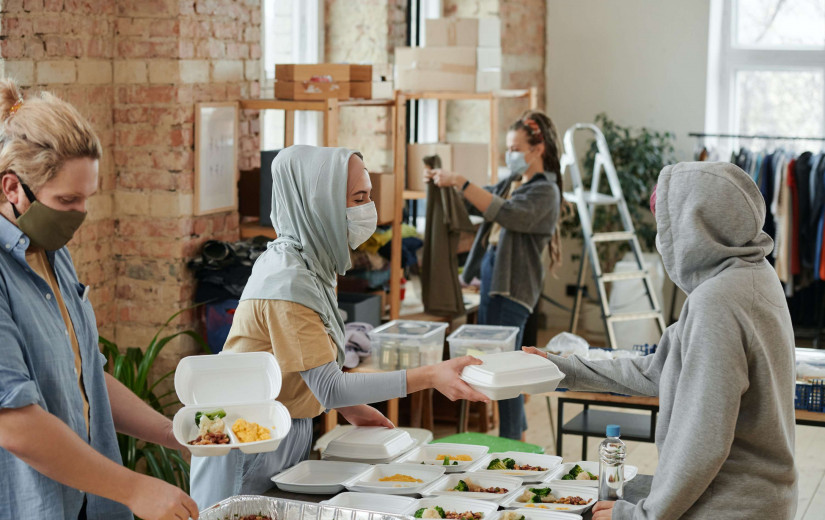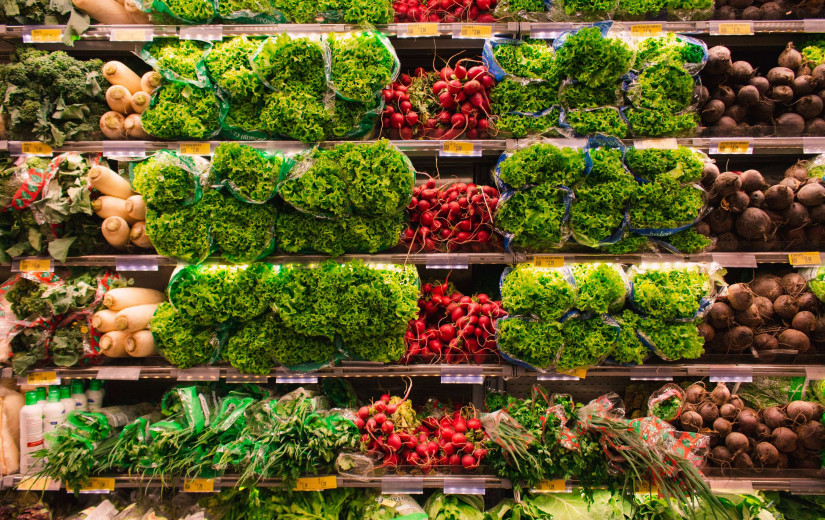Stop COVID-19 Anxiety in its Tracks With These Five Helpful Tips
Dealing with the ongoing COVID-19 outbreak can be a challenge for anyone. However, this time is especially difficult for people who suffer from anxiety. The sense of anxiety may heighten if you are stuck at home under a shelter in place or order if you simply feel uncomfortable venturing out. Here are five things that you can do in order to help ease your feelings of stress and anxiety.
Step Away From the News
As a global citizen, it is important that you stay informed about developing conditions during the pandemic. However, too much news can exacerbate your anxiety and stress levels. Rather than watching the news all day long, be intentional about checking it just once in the morning and again at night. It is a good idea to turn off all of the alerts on your smartphone so that you are not constantly bombarded with dire news. Be sure to stick with reliable sources that lean on science for facts rather than propaganda sites. You can also make an effort to seek out positive news that will lift your spirits. Being intentional about your news consumption will ensure that you are informed without feeling too overwhelmed.
Take Care of Your Nutrition
It may be tempting to binge on all of your favorite foods if you are in self-isolation. While it is fine to give in to the occasional indulgence, it is critical that you nourish your body with foods that boost your mental well-being. Focus on fresh foods such as fruits and vegetables. You should also limit your intake of caffeine and alcohol. Instead, focus on hydrating your body with water. If you physically feel better, you will naturally feel better emotionally and mentally.
Work Up a Sweat
Getting in a daily workout does more than just boost your physical health. Exercise has been shown to be an extremely effective treatment for anxiety and depression. You should not feel as if you need to get in a full-body cardio workout to see these advantages. Even a 30-minute brisk walk around the block can help you to ease anxiety and boost your mood. If you cannot get out of the house, you may consider using one of the various online exercise programs. Many fitness enthusiasts are doing their part during this crisis to stream workouts for others to enjoy at no cost. Gentle exercises such as stretching and yoga can also help to calm your mind and put you in a better place emotionally.
Get Outside
Just because you need to practice social distancing, it does not mean that you have to stay shuttered inside. While following the local rules in your area, you should make an effort to get outside and soak up the sun as much as possible. It has been proven that adequate amounts of vitamin D work to ease feelings of anxiety. Being outside also boosts the amount of serotonin in the body, helping to regulate your mood and reduce negative thoughts in the brain. Simply being out in the fresh air can do wonders for your emotional well-being on so many different levels.
Connect With Others
It may seem contradictory to encourage interaction with others when practicing social distancing, but it is important that you try to stay connected. Fortunately, it is easier than ever to nurture your relationships with others even if you are self-isolating at home. Fun ideas include FaceTime calls or video conference calls with groups of friends. The key is to be purposeful about reaching out to other people so that you do not begin to feel isolated and lonely. Social media is also a powerful tool in helping you to feel part of a bigger purpose as you navigate this new territory. When talking to others, it is also important to not let the spread of the virus be the only topic of conversation. You should always remember that there is life outside of this crisis.
Although this is a scary and uneasy time, you are not powerless when looking to control your feelings of anxiety. Implementing these five tips will help you to feel more in control of the situation. This sense of control and purpose will naturally alleviate your anxiety and provide the perfect complement to the benefits demonstrated by engaging in each step.

















